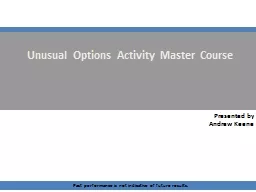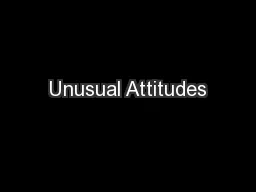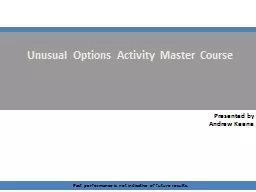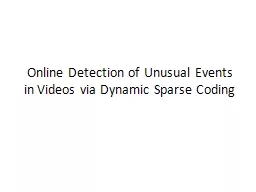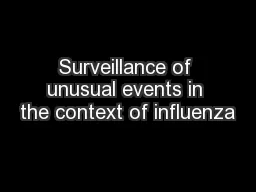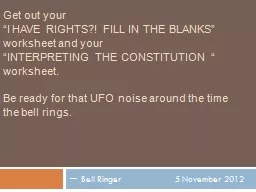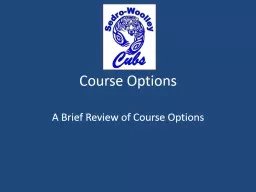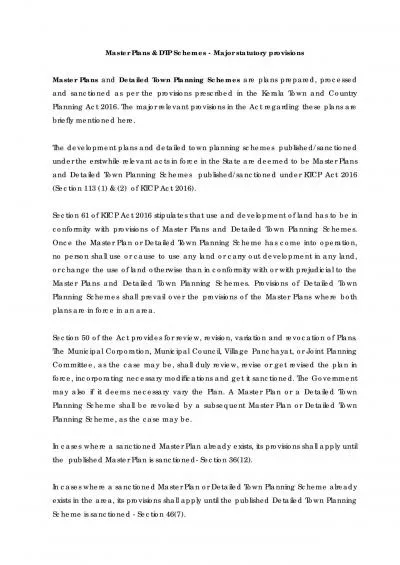PPT-Unusual Options Activity Master Course
Author : liane-varnes | Published Date : 2017-07-10
Presented by Andrew Keene Past performance is not indicative of future results Day trading short term trading options trading and futures trading are extremely risky
Presentation Embed Code
Download Presentation
Download Presentation The PPT/PDF document "Unusual Options Activity Master Course" is the property of its rightful owner. Permission is granted to download and print the materials on this website for personal, non-commercial use only, and to display it on your personal computer provided you do not modify the materials and that you retain all copyright notices contained in the materials. By downloading content from our website, you accept the terms of this agreement.
Unusual Options Activity Master Course: Transcript
Download Rules Of Document
"Unusual Options Activity Master Course"The content belongs to its owner. You may download and print it for personal use, without modification, and keep all copyright notices. By downloading, you agree to these terms.
Related Documents

